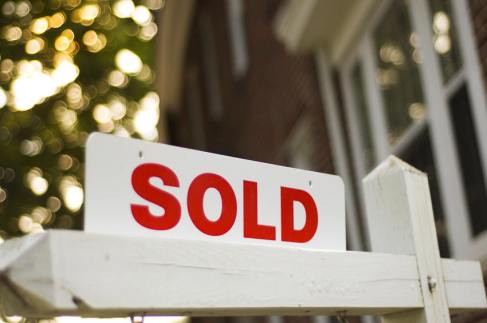For Drew Smith — a home builder turned green building consultant and founder of Sarasota, Fla.–based green consulting firm Two Trails — the answer for why builders should be aiming higher than just hitting code mandates can be much simpler than an ethical imperative; it can be as simple as the fact that customers want it.
“Home buyers are gravitating to [sustainable] builders,” he says. “We can tell that by the interest.” Two Trails is averaging three new builder clients a month, who have never built green before, and Smith says it’s all market driven. The builders’ customers are asking for green, and “if they don’t do this, they’ll loose that sale.”
Part of that consumer-driven demand is fueled by improved awareness of the value green building can provide. “Customers know that higher SEER ratings impact energy costs,” Smith says. As a result, the industry standard in many markets has been raised, with energy-efficiency features now expected. Smith reports that in some colder climates, for example, triple-glazed windows are becoming more the rule than the exception. Such sea changes are raising the bar for all the builders in those markets, and especially for those trying to differentiate their product from the pack.
For builders interested in taking a more sustainable approach to their projects, Smith advises that the best place to start is with the building envelope.
While people typically think of things like low-flow fixtures and energy efficient appliances — which certainly have value, particularly in customer recognition — those are features that customers can add in and improve on over time. Priority No. 1, Smith says, should be “the key features … that people can’t really afford to change later or improve on. Start out with the best envelope you can, and then the rest they can do later at a lesser cost.”
